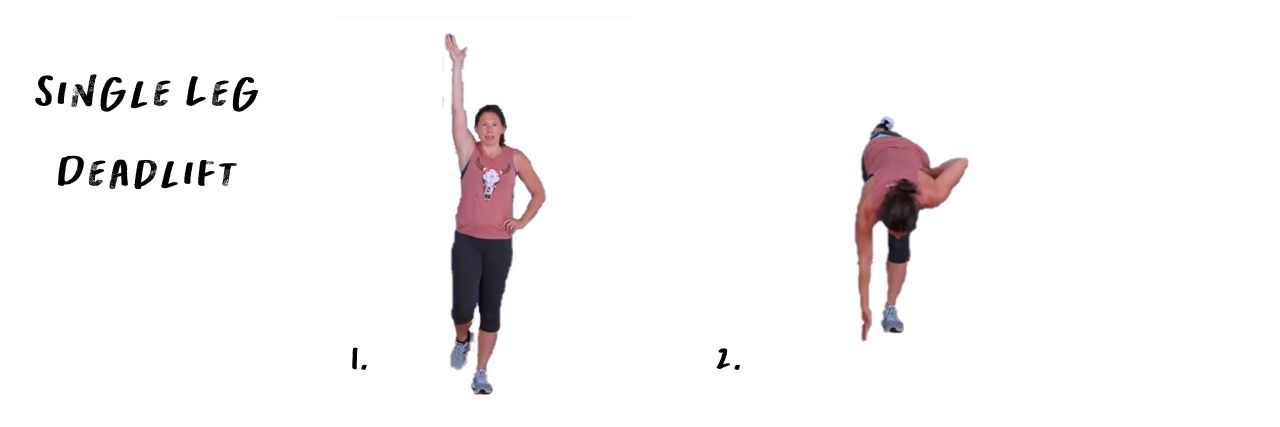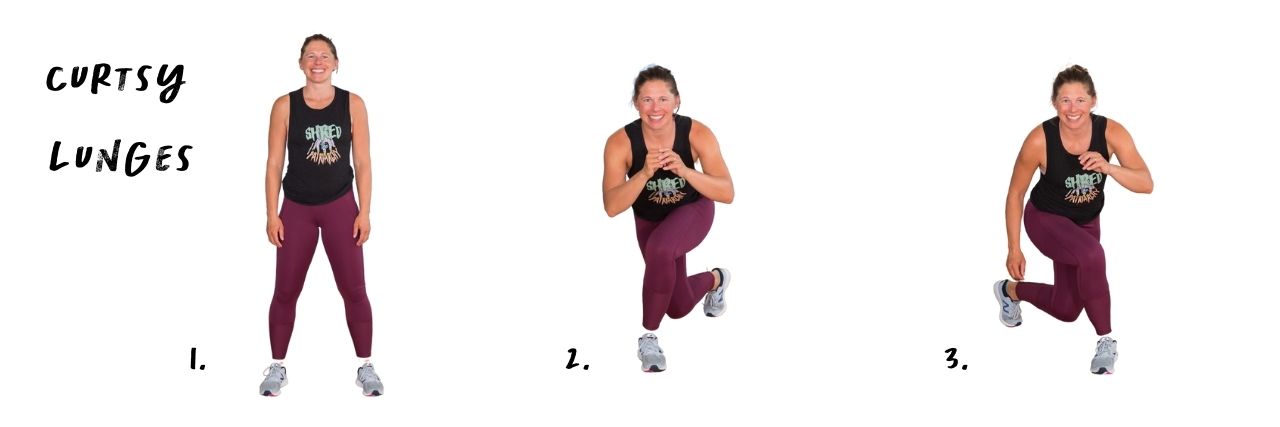Backpacking for Beginners: Training for Your First Trip

Why is Strength Training Important for Backpacking?
Many adventurers go into backpacking trips with the mentality that they will “use the trip to build fitness.” While a trip will certainly help make you stronger, striking out on a big adventure with no foundation of training can easily lead to getting in over your head or hurting yourself. Not the best way to have a good time!
While simply doing more hiking can help us build our trail fitness, it’s important to remember that hiking isn’t the whole story. By training our bodies as holistic systems and reinforcing healthy, functional movement patterns, we can be stronger hikers.

Strength training before and between our outdoor adventures helps us build the resilience we need for injury-free outings. When we’re not derailed by pain or struggling to keep up, we can have more fun and focus on enjoying things like the beauty of our surroundings and the great company of our trip companions. As we build strength, it also enables us to tackle a wider range of goals in our trips.
Let’s talk about the principles behind strength training for backpacking.
What Muscles Are Important for Backpacking?
Stabilizer muscles
Out on trails, each step is a little different. As you move over rocks, roots, and other obstacles, your body is constantly making micro-adjustments to keep you balanced through uneven terrain. Incorporate exercises that move in the lateral or diagonal directions. Examples of these exercises include things like side lunges, curtsy lunges, and stagger squats. Slow repetitions of these exercises can help strengthen the smaller stabilizer muscles as well as the bigger muscle groups such as quads, glutes, & hamstrings. As you build strength in the foundational movements, adding a dynamic element, like jumps, to these moves can help build stabilization strength.

Balance
As an extension of stabilization, balance is key. Carrying a heavy pack shifts your center of gravity, which can make balance more of a challenge than with a light day pack. Single-leg exercises are very effective for improving balance. Try exercises like split squats on a bench, single leg deadlifts, or step downs. It’s best to do these exercises without weight at first while you build form and alignment.

Core
Your core muscles play an important role in balance and stabilization, too. While many of the above exercises will require some core strength, it’s helpful to add some core-specific exercises into your routine. Incorporate a mix of exercises that challenge your core in a variety of ways, like forearm planks, V-sits, and high knees.

Hips and posterior chain
The muscles throughout the posterior chain are the powerhouse that propel us through the trails. The more we cultivate a healthy posterior chain, the stronger our hikes will be. Women in particular tend to be very quad-dominant, under-utilizing the strength of our glutes. So, women can especially benefit from exercises that activate and strengthen the glutes. For some, a helpful cue can be to squeeze your bum at the top of an exercise like a squat. Some exercises for a strong posterior chain and hips include hamstring curls, curtsy lunges, and deadlifts.

The mind-body connection
While it’s not exactly a muscle, don’t overlook the value of mental training. Practice body awareness by tuning into what you are feeling as you work through these exercises. Notice which muscles are feeling strong sensations and which are giving you more subtle sensations. Practice gentle self-talk and neutral observation. Notice when you are judging yourself, then practice talking to yourself like you would a friend. Make space to celebrate and praise yourself when you finish a workout, accomplish a hike, or make progress in your trip planning.
Practicing with a Loaded Pack
In addition to strength-based exercise, getting direct experience with your backpack before your trip is a great way to train. This helps your mind prepare for what it feels like to move under load. If you put on a heavy pack for the first time at the start of your backpacking trip, it can feel discouraging and overwhelming to your nervous system. Even just a session or two of practice with a full pack can make a heavy pack feel far less scary.

To do this, load up your backpacking pack with most or all of your gear. Throw your pack on and go out on a hike for a couple of miles to see how it feels. It helps to choose a trail you’ve hiked before, so you know what to expect. If you aren’t able to get out on a hike, even a casual stroll around your neighborhood will help!
One great strategy for building strength with a loaded pack - without overdoing it early season - is to load your backpack up with full water bottles (we love reusable bottles like Nalgenes) or bladders (we like these). Then pick a trail that climbs. Carry your water-heavy pack uphill, and then drink or dump out your water at the top. Going downhill with a lighter pack can be kinder to knees and other joints that may need more time & practice before they’re ready for the full impact of downhill backpacking.
Functional Strength Training Plan for Backpackers
So, how do we put all this together?
If you have a trip coming up, starting a training plan at least 6 weeks in advance is ideal to give you enough time to build strength. You could use the exercises above to design your own training program, or you could let us do that work for you. We’ve created programs designed specifically for outdoor recreationists of all experience levels. Our online training programs include functional fitness, active recovery, mindset, nutrition, and a community of like-minded adventurers.
For beginners, the Balance Training program is a 6-week, completely beginner-friendly plan. It’s also suitable for folks who are returning from a long break or injury, or who just want something a little more gentle.
If you’re looking for a bit more challenge, Summer Strong is a full season program that will power you through your whole summer. You can join for one 6-week training cycle or all three for 18 weeks of training and a Fall fitness peak. This program is designed with flexibility to suit both beginners and more advanced adventurers.
If you’d like to try a sample workout first to see if our programs are right for you, visit this page to try our free 24-minute workout.

